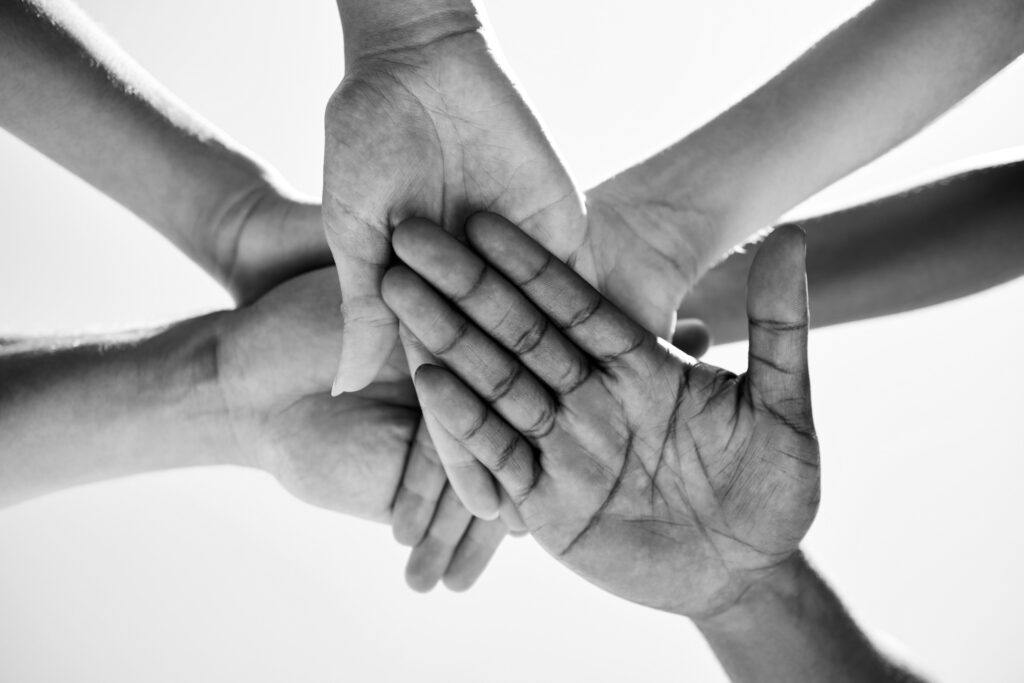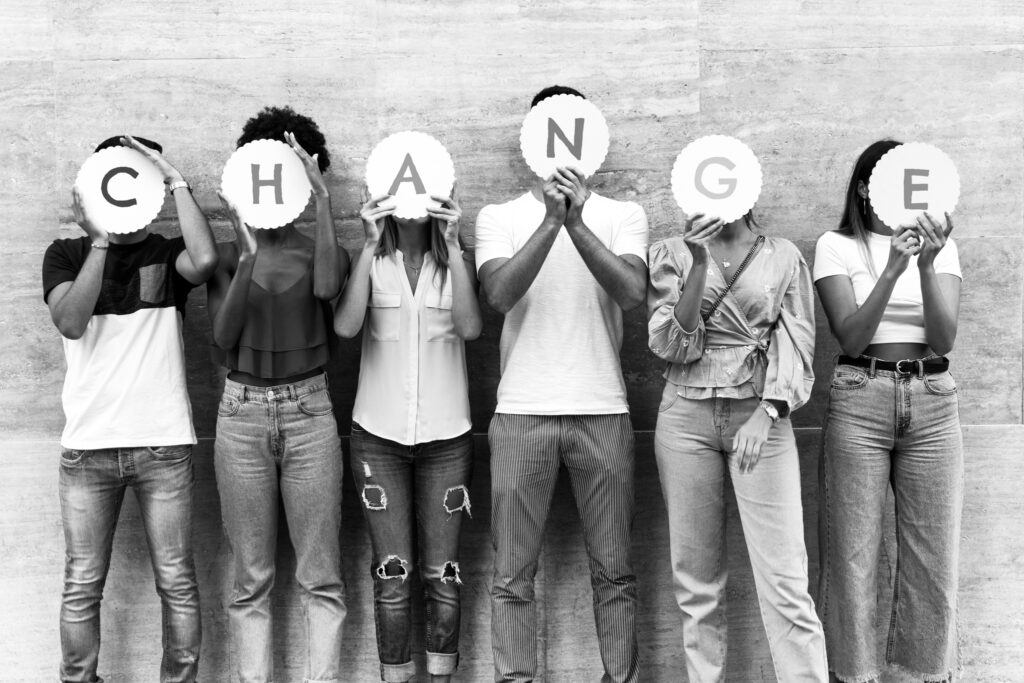Picture the scene. The sun is beating down on the Ascot turf. Australian raider Asfoora has just scorched her rivals in the Group 1 sprint to add international flavour to the Royal meeting and the champagne tastes good. A landscape of top hats and high fashion provide the perfect backdrop and in this moment there is little wrong with the horseracing world.
Of course, this is the view from only one side of the fence. The activists still exist, misinformation continues to spread and the public perception of horses in sport is possibly at an all-time low. But in the digital era, the way in which information spreads means that we are often only exposed to the side of the fence that we want to be. Ignoring the other side, however, may lead to serious consequences.
But how can we leverage big international events like Royal Ascot, the Kentucky Derby or the Melbourne Cup (to name only a few) to grow our fan base? Or, more importantly, how can we use them positively to reduce the dissemination of false information and promote accurate facts.
The power belongs to the networks.
One consequence of life in the 21st century internet era is that we all live within a bubble of our own network. By ‘we’, I don’t just mean those of us in the horse racing industry; I mean everyone. Its foundation lies in the innate human tendency to find comfort with people, activities and concepts that we are familiar with.
Whether we are aware of it or not, our days are filled with a highly curated news feed, selected for us (partially by us and partially by algorithms) designed to show us content and community networks closest to our heart and mind. The internet has dramatically amplified this blinkered effect by utilising data gathered through the connected tools we use everyday.
Our digital footprint reveals our preferences and routines to an intimately detailed level – what time we wake, how much we move, where we drive, shop, work, socialise, what we ‘like’, read, watch and listen to, who we talk to, and who we ignore. This intelligence allows future content to be selected by algorithms designed to feed the self-perpetuating cycle.
“[There is] a subconscious desire to connect and associate within networks of people similar to us, and engage only with content that validates our opinions.”
Rachel Botsman
The Importance of Familiarity
Researcher Rachel Botsman has carried out extensive analysis on the familiarity phenomenon and the impact it has on our lives and decision making. She describes it as “the subconscious desire to connect and associate within networks of people similar to us, and engage only with content that validates our opinions.”
She found that we crave familiarity so much that we are more likely to consider information credible if it was delivered by someone described as ‘a person like me.’ We will adopt new things, but only if they are an upgrade on things we are already familiar with or endorsed by people we know.
And startlingly, Botsman discovered that the trust and influence that once belonged to governments and institutions now belongs to the individual and their social network. The Edelman Trust Barometer found that we now rate our Facebook friends to be more credible than government leaders, businesses and traditional media. We rely on social proof; if a lot of people are doing and saying the same thing, it has immediate validation.
Considering the importance of familiarity, it’s easy to see why networks–social media networks, influencer networks and the dissemination of information via networks–hold so much power. It’s also easier to understand why false information and sensationalist content catches on so quickly and has such lasting, damaging consequences. People believe these “facts” because people they trust are either saying it or sharing it.
For example if a Facebook friend posts an article during Melbourne Cup Week stating that 18,000 ex-racehorses are slaughtered each year – a stat that is patently and ridiculously false – their network will be inclined to trust its validity. And then pass it on. The more startling and horrific the content, the more shareable it becomes. Even if an authority figure comes out with the real facts, the message will not necessarily be considered credible unless it is delivered with social proof.
This is where tapping into the power of networks offers a massive opportunity. If businesses, brands, sports and industries connect with the full circle of an individual’s social network influence by communicating effectively and authentically, the majority share of truth can be earned.
A Frankel or a Winx expanded the racing bubble to overlap with the networks of sport lovers, animal lovers and those that simply love hero achievers.
During flagship horse racing events that transcend the immediate bubble – like the Kentucky Derby, Royal Ascot or the Melbourne Cup – there is often increased overlap with outside networks. The same is true of great horses that have had the ability to capture the public’s imagination.
A Frankel or a Winx, for example, expanded the racing bubble to overlap with the networks of sport lovers, animal lovers and those that simply love hero achievers. And each year, the biggest racing carnivals and festivals bring fashionistas, celebrities, politicians and a global audience into the racing network.
These occasions where many networks overlap with horse racing present huge opportunities to positively grow the horse racing industry and the public’s acceptance. So how do we use these networks to our advantage?
Networks in Practice
We create bridges that allow people to move from the unknown into the known. We tap into networks of social influence, fostering a connection to horse racing through creative marketing content and fascinating tales from our world. By using social proof, content can be presented with the familiarity that we crave, from ‘people like us’ that we trust. And because humans don’t fully embrace something until they understand it, we offer them the opportunity to become more knowledgeable on the depth of the topic–not surface skimming, but real, meaty stories, backed up by actual data and information.
We don’t simply post the content on platforms within our industry bubble (to audiences that we always talk to and don’t need to convince), instead we use key influencers and interest triggers to validate horse racing with positive social proof within their circles.
Creating these overlapping networks is half the battle. The next step is to convert these opportunities so our industry can thrive and grow.
References
Botsman, R. (2017). Who can you trust?: How technology brought us together–and why it might drive us apart. PublicAffairs.


